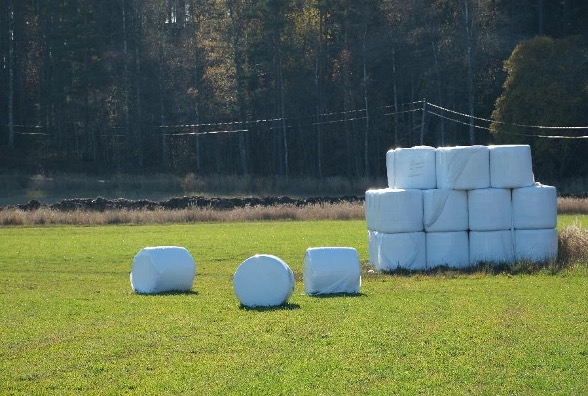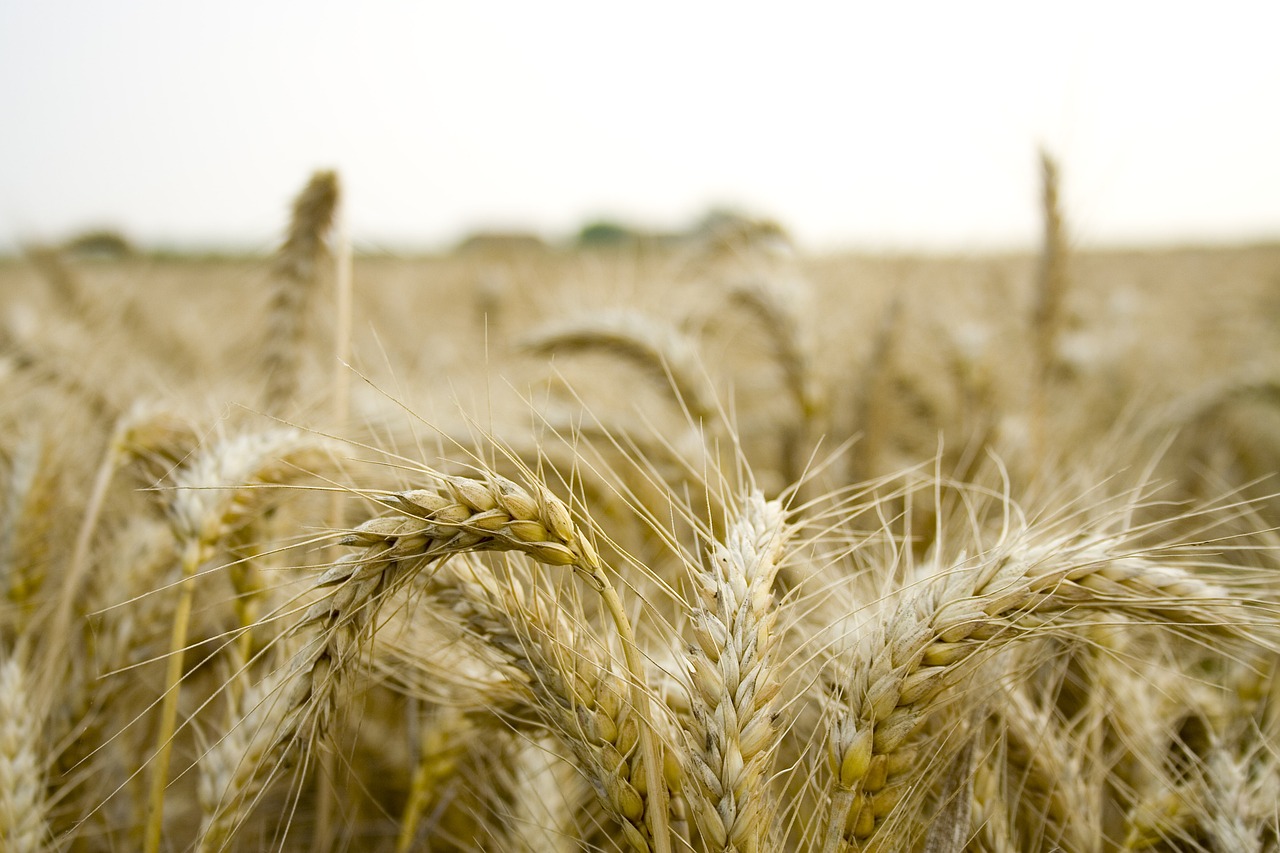How to Create a Local Bioeconomy Model
Case: Municipalities in Tampere region
Author: Jaana Koivisto, Ecofellows
The TREASoURcE project explores the potential for creating local bioeconomy ecosystems. At the heart of these ecosystems are biogas plants and the circular bioeconomy they enable. Municipalities have an important role to play in this.

Steps towards a bioeconomy ecosystem
- Preliminary investigation
- Investment planning and profitability
- Creating local bioeconomy model
Biogas is renewable energy and the use of it reduces the need for fossil fuels. It is also climate-friendly when the processes are properly planned. It can be used to produce electricity and heat, as well as a transport fuel. Biogas is formed when various micro-organisms break down organic matter in oxygen-free conditions. As a result of the decomposition, biogas is produced, and a digestion residue containing nutrients and organic matter suitable for fertiliser use remains.
Many municipalities aim for carbon-neutral energy production, to which local biogas production can bring a solution. The use of biogas in transport offers municipalities a way to reduce transport emissions and oil dependence. At the same time, municipalities’ recycling nutrient production is increased. This increases security of supply both in terms of energy and nutrients.
Biogas production can utilize side streams that are currently completely unused or for which no final disposal site can be found, such as for example sewage sludge, manure, and spoiled animal feed.
In 2023 there were a total of 34 landfill gas collection points and 85 reactor plants in Finland (34 farm-scale plants, 6 industrial plants, 28 biowaste and sludge co-processing plants and 17 sludge digesters). Biomethane was processed at a total of 26 plants (For more information, visit: https://biokierto.fi/tilastot).
Municipalities are often in a key position in promoting biogas investments in their region. They often own the wastewater treatment plants in their area, and on the other hand, they provide services to the agriculture. Municipalities can build biogas plants themselves or help local businesses or agriculture to form biogas cooperatives.
In the TREASoURcE project, we have carried out surveys of the local bioeconomy models in the small municipalities of the Tampere region. We first met with the municipalities in Pirkanmaa region to present the TREASoURcE project, and during this tour we found four municipalities interested in biogas and recycled fertiliser production locally in their area. In three of these four, we have carried out surveys of available biomass and farms that would be interested in a local bioeconomy model. The mapping has been carried out through personal interviews with farmers and other relevant stakeholders. We hereby present the steps that we took to conduct the mapping as well as some tips on how to proceed after that.
Preliminary mapping
- First, it is necessary to decide who will take responsibility for the investigation. The best person would be someone who does not get personal benefit from the investment.
Builders of biogas plants can also conduct the planning, but this may prevent them from participating in the construction procurement itself.
- Biomass is needed for the biogas process. At individual sites, such as wastewater treatment plants, it is often known what quantities of biomass are available. In all cases, however, the amount of available biomass is not known in advance. In Finland, the Biomass Atlas provides municipality-specific information based on statistics about the area’s biomass potential. However, this information is only indicative and more detailed studies are needed for an investment decision.
- In a thorough and realistic biomass mapping, all possible providers that have biomass available are reviewed. In the municipalities of the Tampere region, one person personally conducted phone calls to all potential biomass providers.
- Important questions to be asked during the contact are the following:
– What kind of biomass do you have?
– How much of it would be available in quantity on an annual basis ?
– Would you also like to receive the compost residue produced in the biogas process as a fertilizer?
– Would you be interested in joining the limited company or cooperative building the biogas plant?
- Understanding the location of the biomass is very important. Profitable transport distances for various biomasses, such as animal manure, are very short. The maximum profitable transport distance is even less than 30 kilometers.
- Based on the collected information, the optimal location for the biogas plant can be planned.
- Different biomasses have different properties in terms of biogas production. This must be considered in investment planning.
After the preliminary investigation, the available biomasses, their location, the optimal location for the biogas plant and the companies (or farms) that are interested in joining the energy community that builds the biogas plant are known.

Investment planning and profitability
- Preliminary investment and profitability calculations for a biogas plant can be made with free applications, such as for example Biokaasulaskuri in Finland (https://maatalousinfo.luke.fi/fi/laskurit/biogas).
- However, more detailed calculations by experts are necessary before the investment decision.
- If all biogas is not used for own needs, it is also important to carefully find out sales channels. Using biogas as vehicle fuel requires further processing, which removes carbon dioxide and impurities, including nitrogen from landfill gas.
- Funding for biogas plant investments is available, but in Finland, for example, the allocations for this are currently (2024) quite small.
- The terms of funding vary, so they should be checked out carefully. They may, for example, make restrictions on selling the gas.
- Funding depends on who is making the investment. Municipal-owned companies have different fundings than farm associations.
Understanding business model
- Finally, it’s important to conduct meetings with those interested in joining the biogas cooperation in order to understand what kind of model they are ready to commit to.
- Not everyone’s commitment needs to be the same. Those who do want to join a limited company or cooperative are usually also ready to invest money in it, and on the other hand, they also want to get income from it. Some are only interested in giving their biomass and getting recycled fertilizer in return. If it is a single operator, such as a wastewater treatment plant that uses itself all produced biogas, the process is simpler.
- It is very important to agree on contracts and the responsibilities in detail before making an investment decision.
Local bioeconomy models are always based on local conditions and the characteristics of local organizations. The most important thing is to do the mapping carefully and create the most suitable model in cooperation with all actors.
Building a biogas plant involves a lot of regulations and several permits must be applied for from different authorities. Sufficient time must be taken for doing these, the permit processes must usually be underway before funding decisions can be made.


